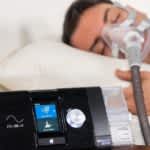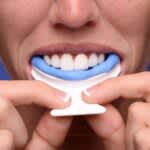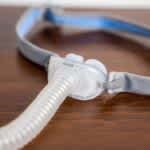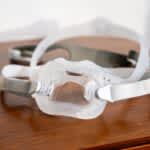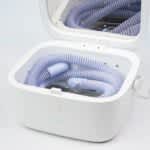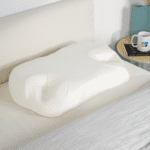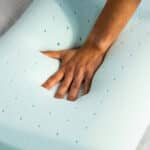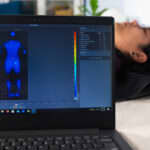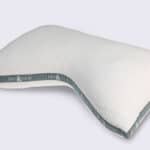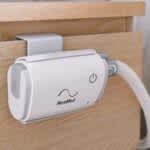Upper airway resistance syndrome (UARS) is a condition in which irregular nighttime breathing leads to disrupted sleep and a range of symptoms that can negatively impact quality of life. UARS is not as clearly defined as other types of sleep-related breathing disorders, though it is often compared to obstructive sleep apnea (OSA).
For some people, upper airway resistance syndrome may be overlooked as a diagnosis. Unlike OSA, it tends to affect people who are female, younger, and leaner, and the breathing patterns of UARS are harder to detect on some sleep studies. However, ongoing research is improving the path to diagnosis and leading to a better understanding of the impact of treatment.
Symptoms of UARS
Many of the symptoms of UARS mirror the symptoms of obstructive sleep apnea, particularly excessive daytime sleepiness and snoring. Symptoms include:
- Insomnia
- Morning headaches
- Unrefreshing sleep
- Feelings of depression
- Trouble concentrating
Sleep disruptions and arousals also occur with upper respiratory resistance syndrome, though generally less often than OSA. A person may or may not be aware of how often UARS is disrupting their sleep, but they are likely to notice fatigue and excessive tiredness during the day.
UARS vs. Sleep Apnea
Both upper airway resistance syndrome and sleep apnea are part of a spectrum of sleep-related breathing problems. The differences between these conditions are based on the type, severity, and frequency of breathing disruptions, as well as how these changes affect the amount of oxygen in the blood.
People with UARS tend to have less severe symptoms than those with obstructive sleep apnea. Many people with UARS don’t experience the witnessed apneas or gasping episodes as typically seen with obstructive sleep apnea.
UARS may progress into obstructive sleep apnea in certain circumstances. The risk of progression appears to increase with age, weight gain, or the presence of other health conditions.
What Causes UARS?
Upper airway resistance syndrome is likely due to certain anatomical features in a person’s mouth and throat that narrow the airway. In particular, the size and location of the hard palate, uvula, and epiglottis in relation to each other contribute to the narrowing of the upper airway in people with UARS.
During sleep, the muscles around the upper airway relax. In some people, these relaxed tissues can partially block the airway and limit airflow coming in and out of the body. The defining feature of UARS is limited airflow that causes brief arousals from sleep, leading to poor sleep quality and excessive daytime sleepiness.
How is UARS Diagnosed?
Upper airway resistance syndrome can be diagnosed with a sleep study, a test that records a range of bodily processes and movements while a person sleeps.
Because the primary risk factors for UARS involve the anatomy of the mouth, a dentist may play an important role in recognizing that a person may need to be referred to their primary care provider or a sleep specialist for further evaluation of a possible sleep-related breathing disorder.
Treatment for UARS
Treatment options for upper airway resistance syndrome are generally similar to the treatments available to people with OSA.
- Continuous positive airway pressure (CPAP) therapy: A CPAP machine delivers pressurized air through a mask in order to keep the airway open during sleep. People with UARS may benefit from using a nasal or oronasal mask that helps encourage breathing through the nose.
- Surgery: Because certain features in the mouth, jaw, or upper airway are usually the cause of UARS, surgery may be used to allow for better airflow. Surgery may be recommended to people who can not tolerate other available therapies for UARS.
- Oral appliances: Oral devices are designed to pull the lower jaw and/or tongue forward, away from the back of the mouth. Correcting the alignment of the upper and lower jaw can open the airway and lead to improved airflow.
Although some consider UARS to be a more mild form of obstructive sleep apnea, treatment is needed and may significantly improve a person’s quality of life. More research is needed to better understand how treatment alleviates symptoms and whether it can reduce the risk of health problems that are typically associated with sleep-related breathing problems.
References
Ask the Sleep Doctor
Have questions about sleep? Submit them here! We use your questions to help us decide topics for articles, videos, and newsletters. We try to answer as many questions as possible. You can also send us an email. Please note, we cannot provide specific medical advice, and always recommend you contact your doctor for any medical matters.


